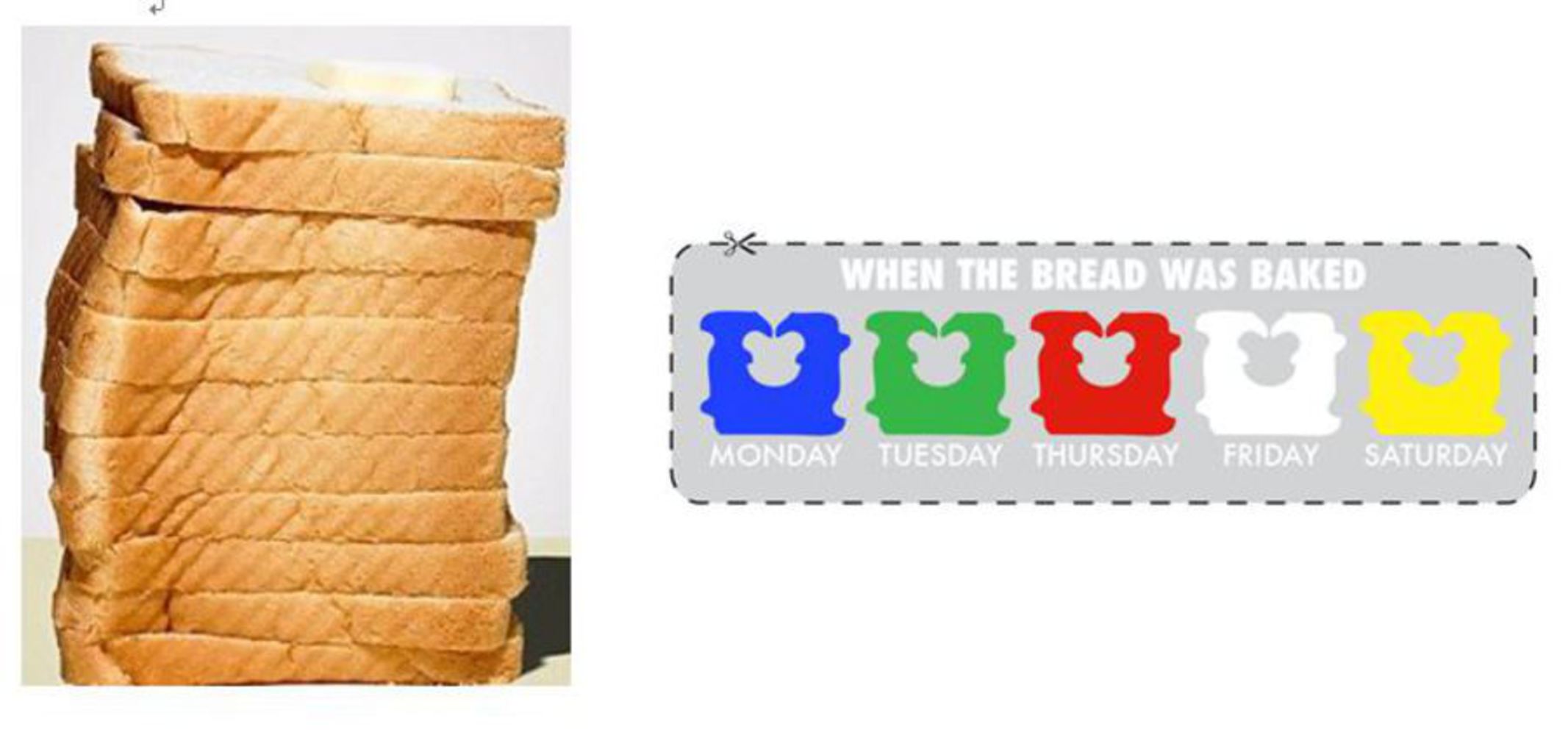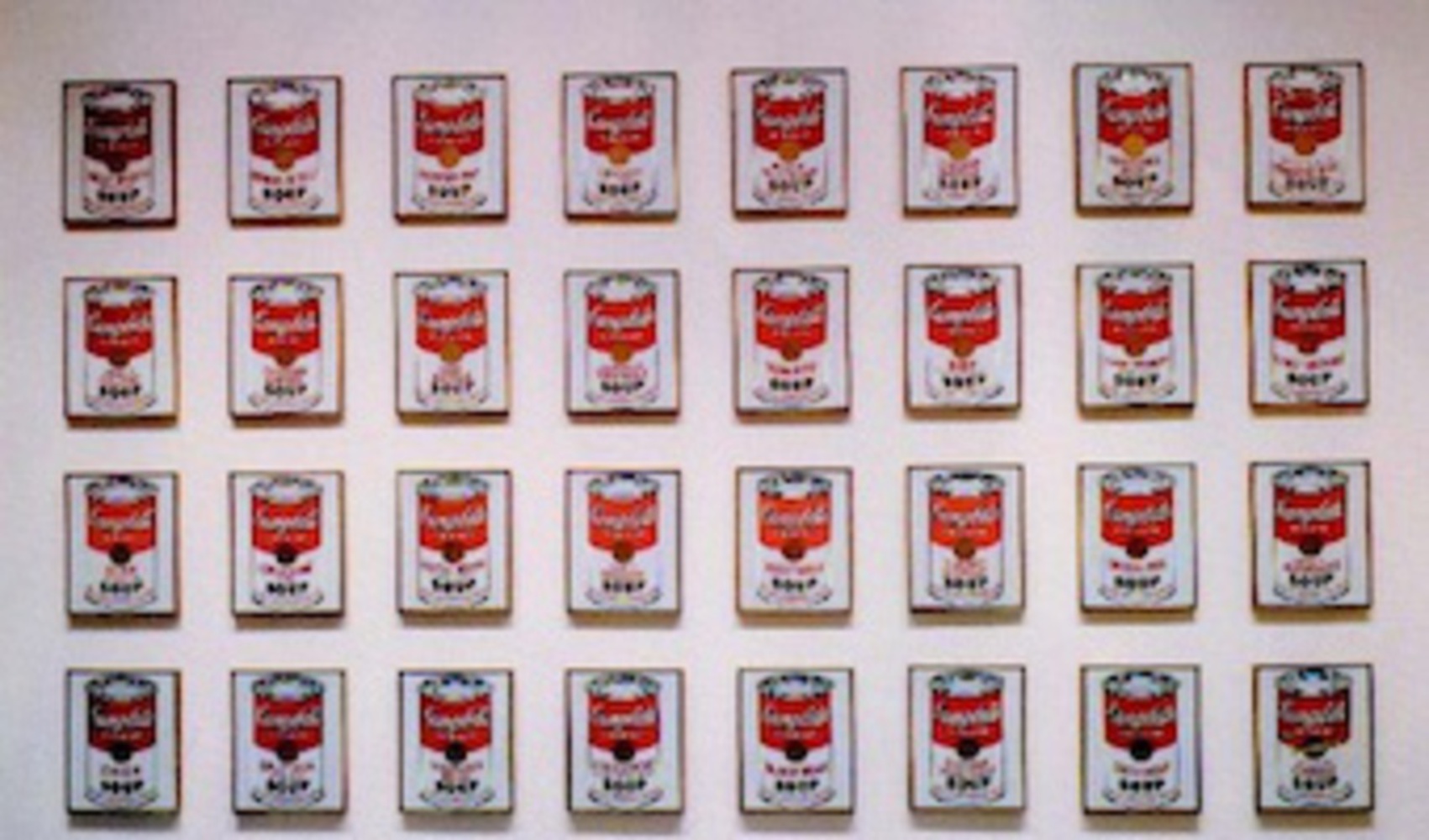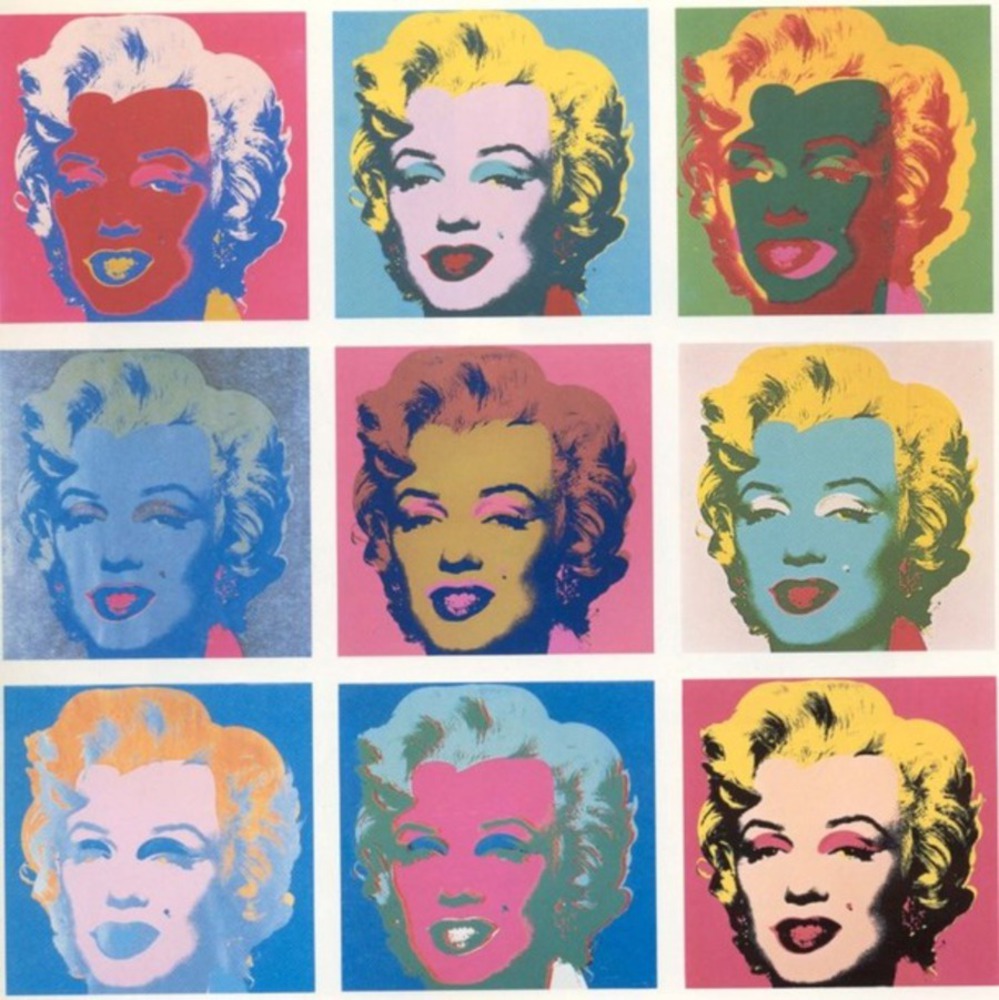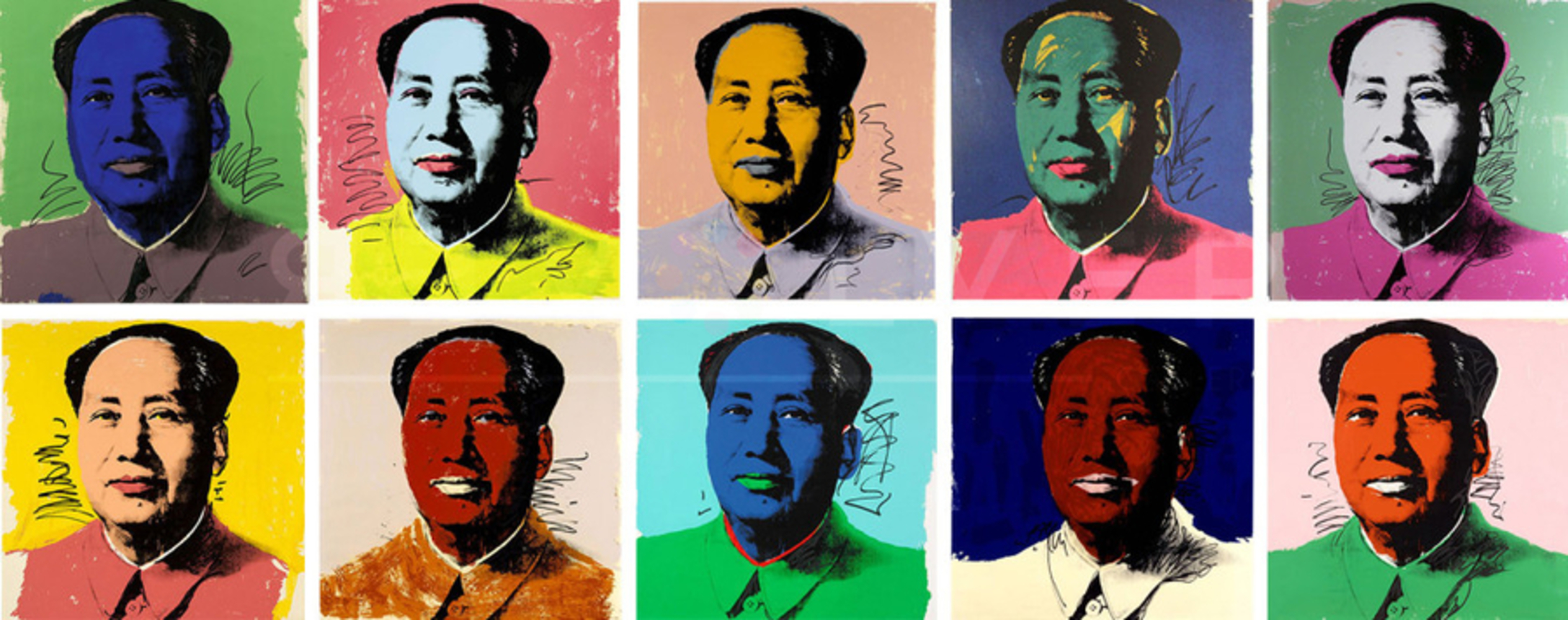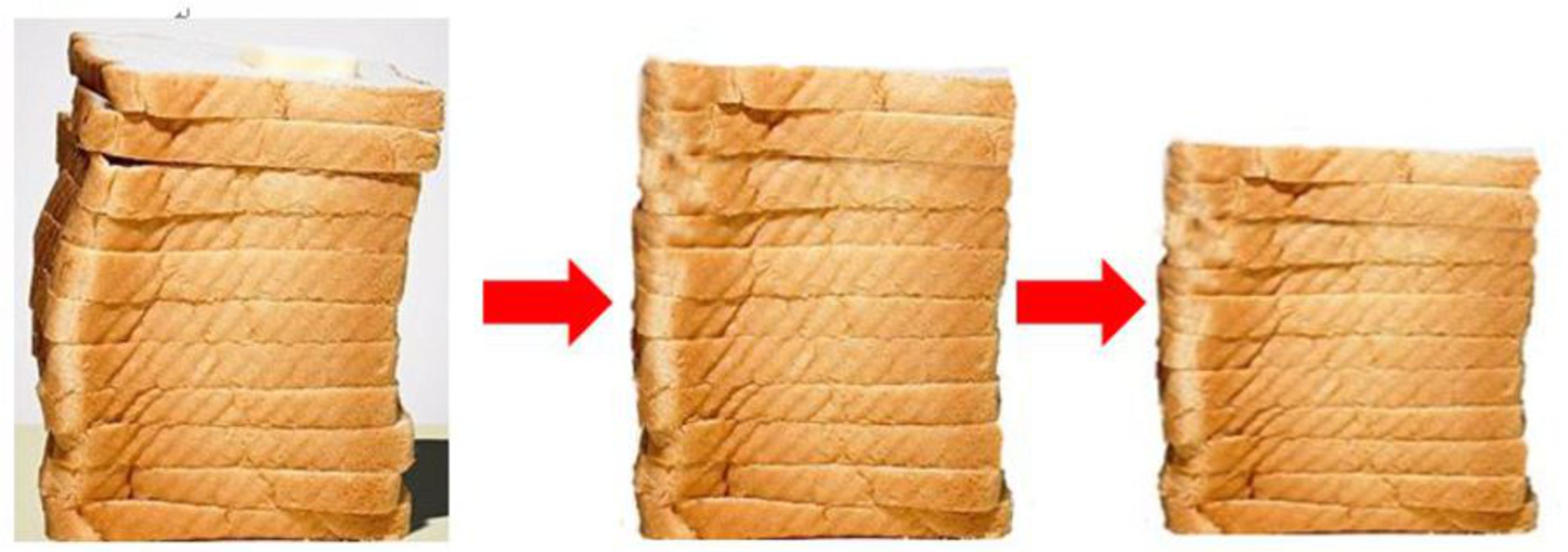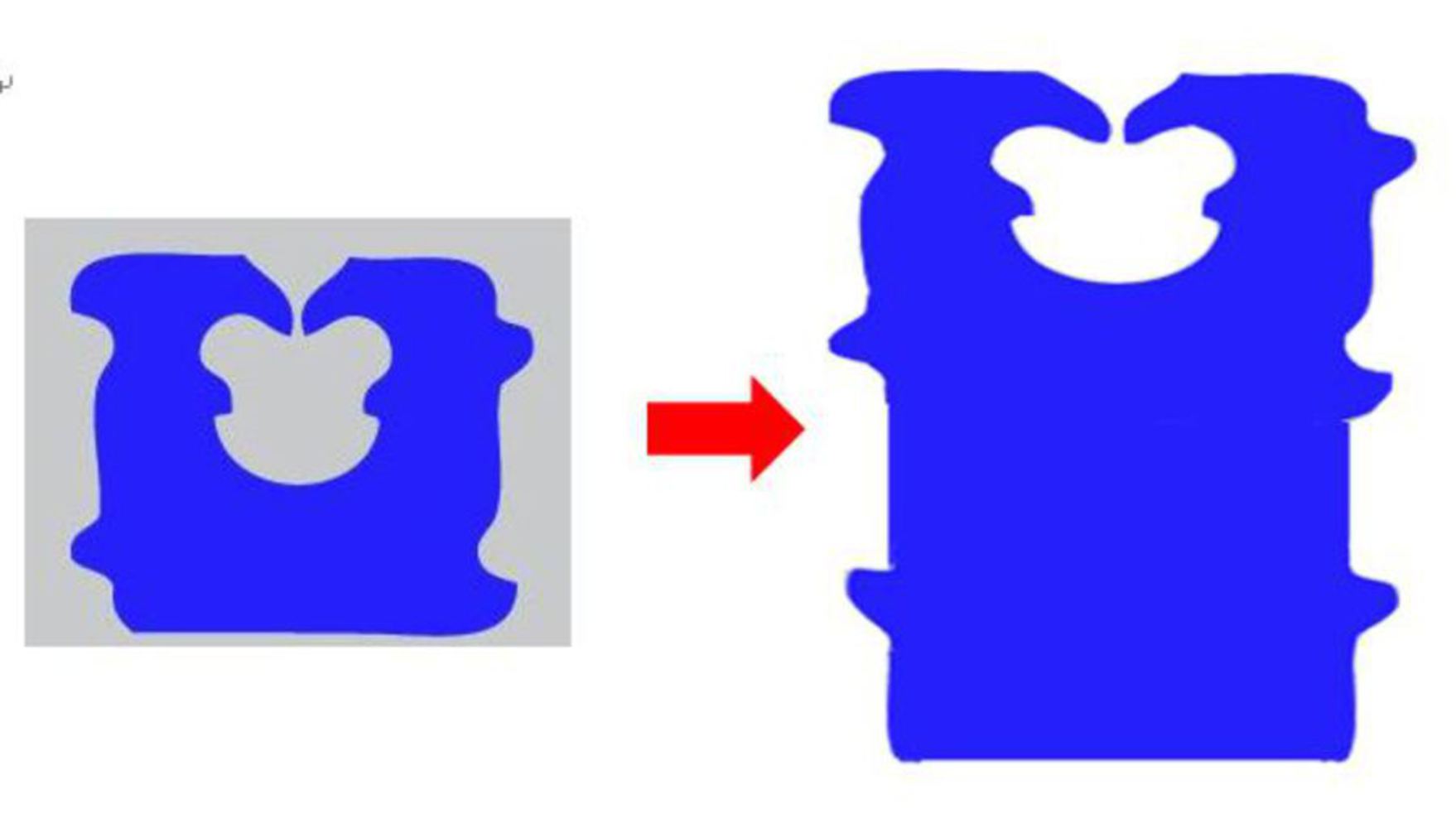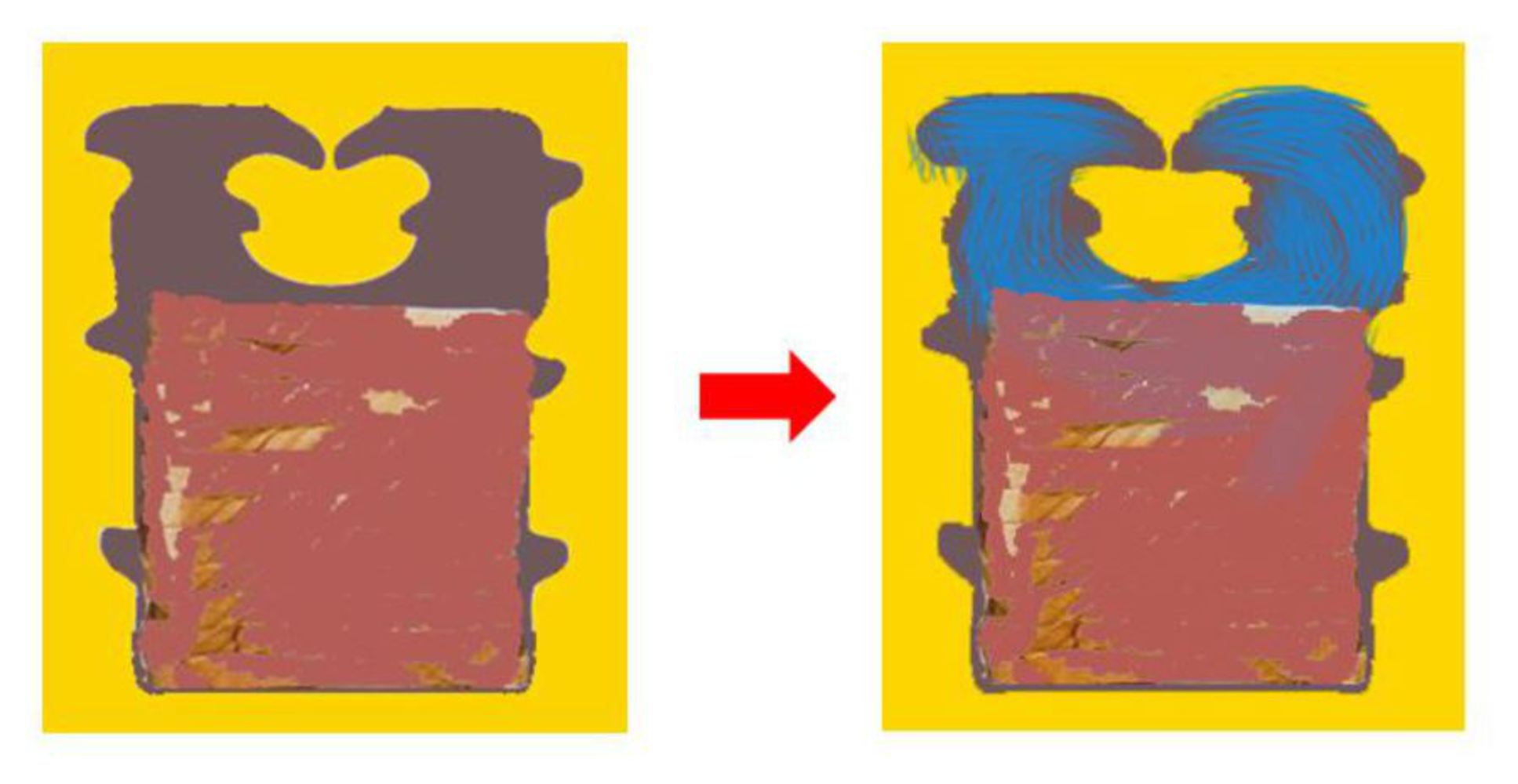Personal Reflection
First, from both the readings The Ecstasy of Influence by Jonathan Lethem and the topic of this project, I learned that appropriation plays an important role in producing artworks. And it seems “easy” for beginner or even non-art students to create some work that is truly amazing via appropriation.
Secondly, as Ben Shahn stated in The Shape of Content, “I do not at all hold that the mere presence of content …will magically guarantee the emergence of such content into successful form” (70), choosing an appropriate form to represent the content is hard.
And in this case, I failed to embody the original content that I intended to express through the form chosen. I tended to realize or extract the content from the artwork created, which reverse the correct process from idea to work.
Besides,
I should have learned or at least searched online about how to arrange several pictures
into a matrix form in Photoshop instead of adding individual graph to a huge
canvas one by one, leaving very thin and annoying white space between the graphs
(and had to waste time refilling those places afterwards).
